THE PODCAST
Elevating the conversation about all things tactical.

Finding the Bomber
Ever wonder why you suddenly had to start showing ID to ship a FedEx package? Blame a serious of mysterious, deadly blasts in Texas five years ago. How does one go about finding the perp in a mystery bombing case? What patterns and clues stand out? All this and more are in this episode of Tactical Tangents.

Put Me In, Coach!
Whether its an athlete of the conventional sports kind or the tactical variety found on a SWAT team or military base, there’s a tremendous value to be gained from a good coach. How can you spot a good coach? More importantly, what are the indicators of a bad one? How can you be a good coach for the people who look up to you? Listen in and find out!
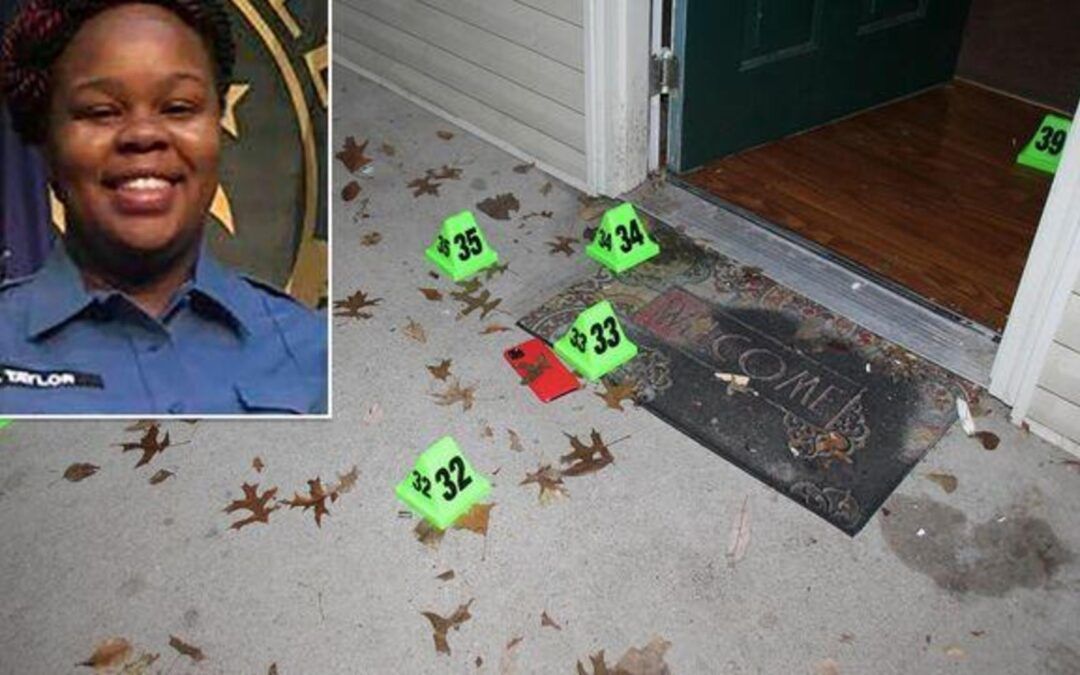
Both Sides of the Door – Breonna Taylor and Bad Outcomes
While it’s about the Breonna Taylor incident, we’re focusing on the tactical issues surrounding the actual warrant service that night, not the plethora of issues that led to it. Risk is always involved in serving a warrant, so how can it best be mitigated for all involved? Remember that having a warrant doesn’t make you any smarter or tactically proficient. The court just gave you permission; the skill department is all on you.

The Real Burdens of Everyday Carry
One of our favorite topics at Tactical Tangents is realistic risk management, and this applies in the personal world as well as the operational one. While “EDC” has turned into a marketing term for everything from watches to para cord bracelets, what do you really carry every day. Listen to this episode for a deep dive into the topic. Remember, millions of people go unstrapped yet remain unclapped every day.
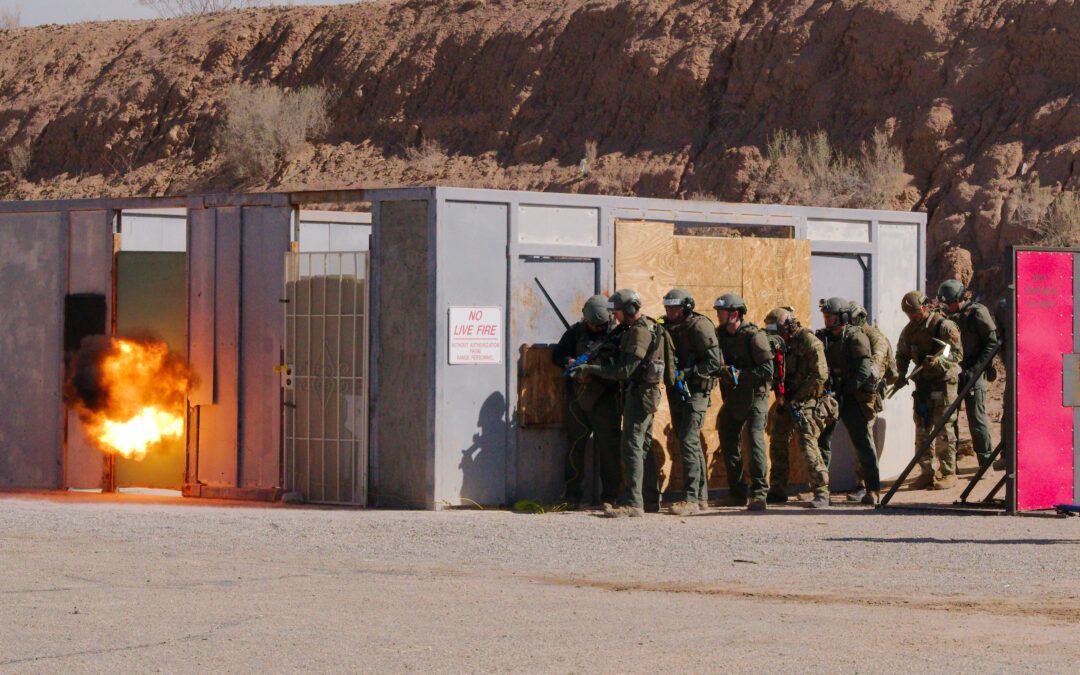
Problem Solving As A Team Sport
Institutional knowledge and memory are what gets used to solve problems, and that’s why it’s important for an organization to select compulsive problem-solvers as members. Everyone is going to bring their own viewpoint based on their specialty, but it’s important for them to know when the problem is outside of their specialty, as well as how they can contribute when it’s time to get…unconventional. Tune in to learn how to teach your team the difference.
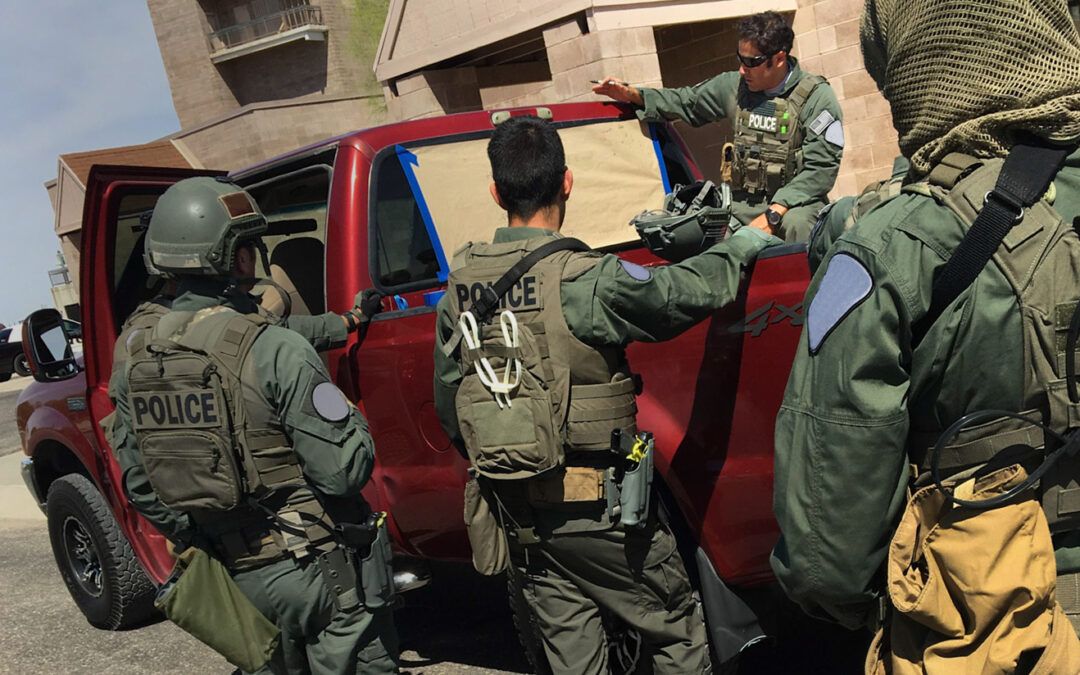
Making Sure the Kids are Alright
It’s important to feel responsibility for, not just the organization, but also for the people who make it up. Those people include the newest noobs, and if you want to help the organization be effective, mentoring those recruits is essential. Mike and Jim are here to tell you that mentorship isn’t a thing that can be established in an org chart, but has to grow organically, and in this episode they’ll tell you how you can foster mentoring in a place where it can’t be foisted.

Having Public Affairs Without Screwing Up
Mike reminds us that “Responsibility to the Community” is not just a slogan on a squad car door in this episode, where he and Jim talk about the necessity of keeping the public informed in a manner that is both helpful to the public and not harmful to ongoing investigations. ”Public Affairs” is more than just a job title, and requires keeping in mind the emotions that surround complex situations.
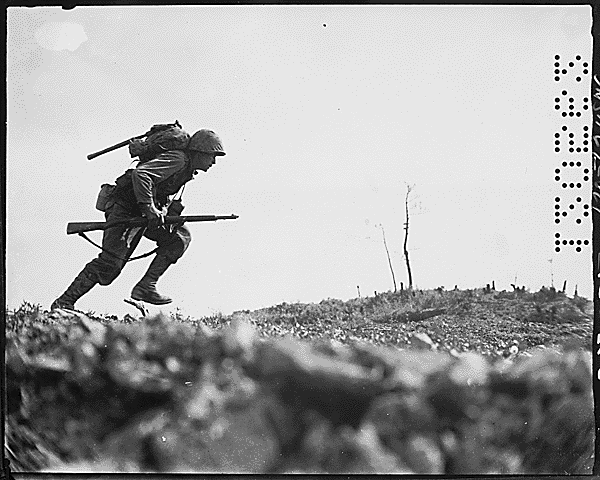
The Case of “The Mission v. The People”
In dangerous career fields like the military or law enforcement, there’s an unavoidable tension of priorities between the mission and the safety of the people on the team who need to accomplish it. It’s one thing to say you put your people first, but if it was a safe job, they wouldn’t issue body armor. In today’s episode, Mike and Jim demonstrate the ways this can be a false dichotomy and how to keep everyone on the team on the same page.
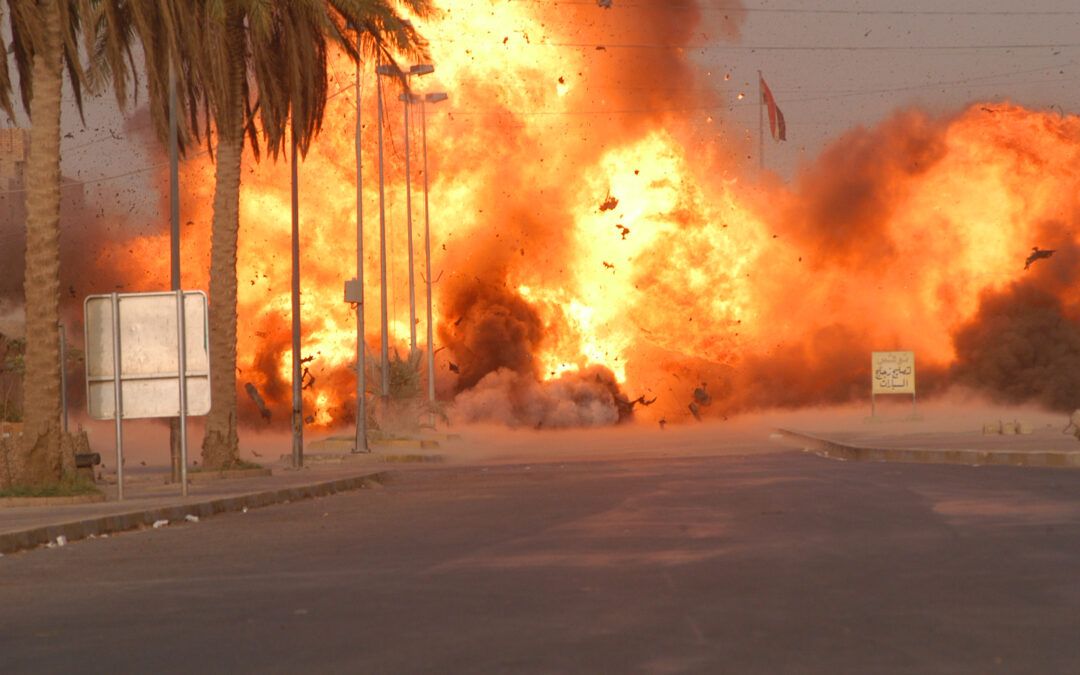
We Don’t Like the Bombs, the Bombs That Go Boom.
Just like there are certain weather conditions that are likely to breed hurricanes or other severe storms, we’re currently experiencing social weather, both globally and at home, that’s creating favorable conditions for bombers. There are enough angry people, with enough information, and ample opportunity to make things explode. Tune in for some info on what to look for. (Hint: It’s not a bundle of red sticks taped to an alarm clock with an “ACME” label.)

Your Candle Only Has Two Ends
In any tight-knit organization, attitudes are contagious, and that goes double for lousy ones. It’s common for the word of hard-chargers attracted to “tactical” work to brag about the amount of time they put in, for example the number of hours worked, and treat it as a benchmark. But the more the work load piles up, the more easily frustrated you get, and that can feed the bad attitude spiral. Listen in as we talk about ways to reduce work-related fatigue and maintain a healthy work/life balance…tactically.

Ordering Troops to their Deaths
EPISODE 162 Ordering Troops to their DeathsIs the American military prepared for the sacrifices...

Tactical ADHD: Managing Attention
EPISODE 161 Tactical ADHD: Managing AttentionSituational awareness demands focus and selective...
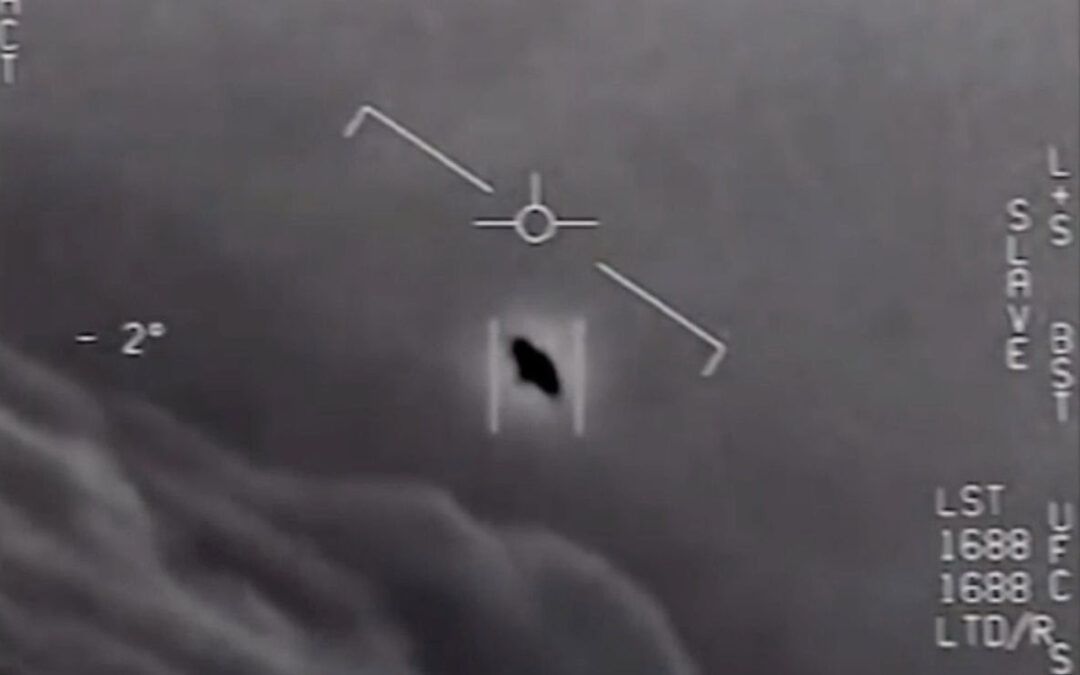
Lights in the Sky: Aliens or Drones? Jim Spills the Beans on UFOs
Some of you are too young to remember the tagline “The Truth is Out There,” but Mike and Jim went full X-Files on this one… If you don’t know what any of that means, you definitely need to listen to this episode!
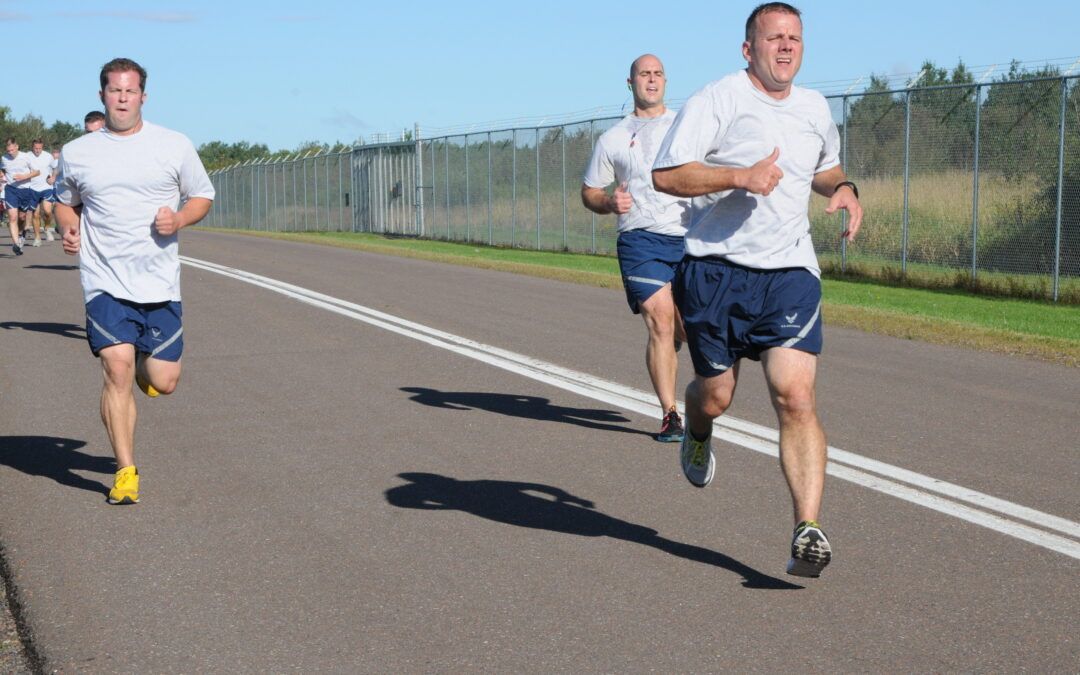
What’s up with the beards? Setting and Enforcing Standards
Green Berets have to work with a different rule book than the troops guarding nuclear weapons—and for good reasons. We explore the balance between strict adherence to rules and the often necessary flexibility to go off-script in tactical operations and your organization’s culture.

“Your Children Are Not Safe”: DC Beltway Snipers
In October 2002, a 17 and 41 year old carried out a series of serial murders, killing 10 and wounding 3 others in what were described as random attacks against people doing every day tasks like pumping gas and mowing their lawn. We cover lessons from this large scale, multi-agency investigation with takeaways for individual cops and police leaders related to public relations, investigative rigor, and interagency cooperation.
No Results Found
The page you requested could not be found. Try refining your search, or use the navigation above to locate the post.
Context in Use of Force
Humans make a subconscious assessment of a problem when they choose a solution, and that subtlety cannot be overlooked in training. Last year, we ran a training scenario at my agency where officers responded to a disturbance at an open business. When they arrived, they saw…
No-Knock Search Warrants
NO-KNOCK SEARCH WARRANTS Police officers will sometimes ask a magistrate for permission to...
Trauma Updates 2018
2018 SOUTHWEST TRAUMA CONFERENCE I spent the last couple days at the Southwest Regional Trauma...
What Signal Are You Sending?
WHAT SIGNAL ARE YOU SENDING? We need to talk about the hats, bumper stickers, tattoos, and...
Public Relations: You’re doing it wrong.
PUBLIC RELATIONS: YOU'RE DOING IT WRONG There was a recent Deputy-involved shooting in Arizona in...
